Training for Strength vs. Training for Growth: What You Need to Know
In the world of personal training, muscle size and strength mean two completely different things. Strength training targets the neuromuscular system to make muscles stronger, while the goal of building muscle size involves modifying muscle cell physiology to make muscles larger.
Your performance goals and appropriate training approaches will be different depending on the desired outcome: muscle or strength. It is possible to achieve both, as long as you have a precise periodization of exercise programming. Wow! That’s a mouthful!
Don’t worry; we’ll break it down for you and provide tips on how to take your strength, size, or both to the next level. Grab your mat, bands, and water bottle, and be prepared to work up a sweat!
What is Periodization?
First, let’s start off by defining what is periodization. Periodization is defined as the “long-term cyclic structuring of training and practice to maximize performance to coincide with important competitions.”
In simple terms, it is a system which plans for training variations in muscles targeted, intensity, and volume.
What is TUT?
Time under tension (TUT) is by far one of the most important exercise techniques but continuously gets overlooked. In both muscle-building and strength-building exercises, TUT is used to describe how long a muscle is held under tension or strain per set or exercise (we’ll see again why remembering this concept is important as you choose how to implement your rep schemes and sets for varying goals like strength, size, power, or endurance).
TUT also takes into consideration exercise tempo focused on eccentric, isometric, and concentric actions. For example, 8 reps on a front squat lasting 3 seconds down (eccentric) and 2 seconds up (concentric) would be 5 seconds per rep and therefore 40 seconds total TUT.
Building Bigger Muscles
The ability to increase muscle mass is influenced by genetics, nutrition, and a tailored physical fitness routine, namely in the phase we trainers refer to as “hypertrophy” (by definition, this means an increase in muscle mass). Ideally, this phase includes time under tension (TUT) and a moderate weight modality. During TUT workouts, you lengthen each phase of the movement to make your sets longer.
The most effective rep ranges for hypertrophy are 6-12 reps, for 3-5 sets, per exercise. Depending on your exercise level, begin with a higher rep range with moderate intensity or weight load, then, decrease the reps and increase the intensity.
Getting Stronger
Strength does not increase muscle size but rather increases the muscle integrity against heavy loads. An individual can be strong without having large, visible muscles.
Increasing strength means you can lift and move heavier loads for a shorter period of time. Here, the TUT is shorter in duration than in our strength phase; for example, your workout may call for you to bench press 225lbs for five reps each set whereas the hypertrophy phase would have 8 reps each set.
To build strength, the most effective rep ranges are 1-5 reps.
What if I want BOTH increased strength and muscle mass?
If you desire to increase strength and muscle mass simultaneously, you would have to strategically periodize your weekly training routines. It is recommended that you focus on hypertrophy first and progress to strength after you have mastered the basics.
Below is an example of a periodized workout program that can be followed, switching between hypertrophy and strength, to gain the benefits that will increase both strength and muscle size.
DB Squat into a shoulder press - 3x12 or 3x6
TUT Push ups (3-2-1) - 3x12 or 3x6
Chin ups - 3x10 or 3x5
Lateral Raises - 3x12 or 3x6
Reverse Lunges - 3x12 or 3x6 (ea leg)
Need some help with programming to gain size, strength, or power? Contact hello@urbnplayground.com
